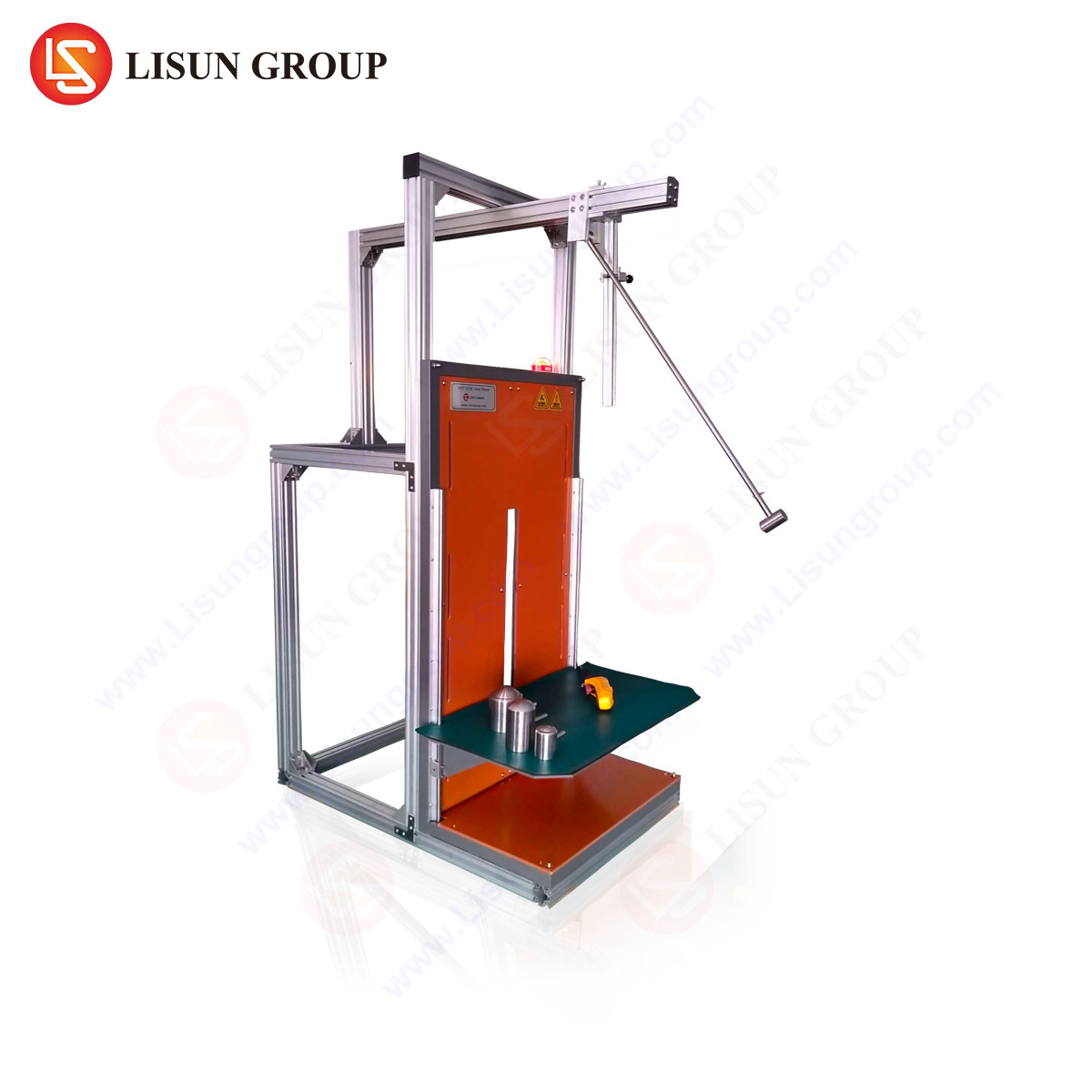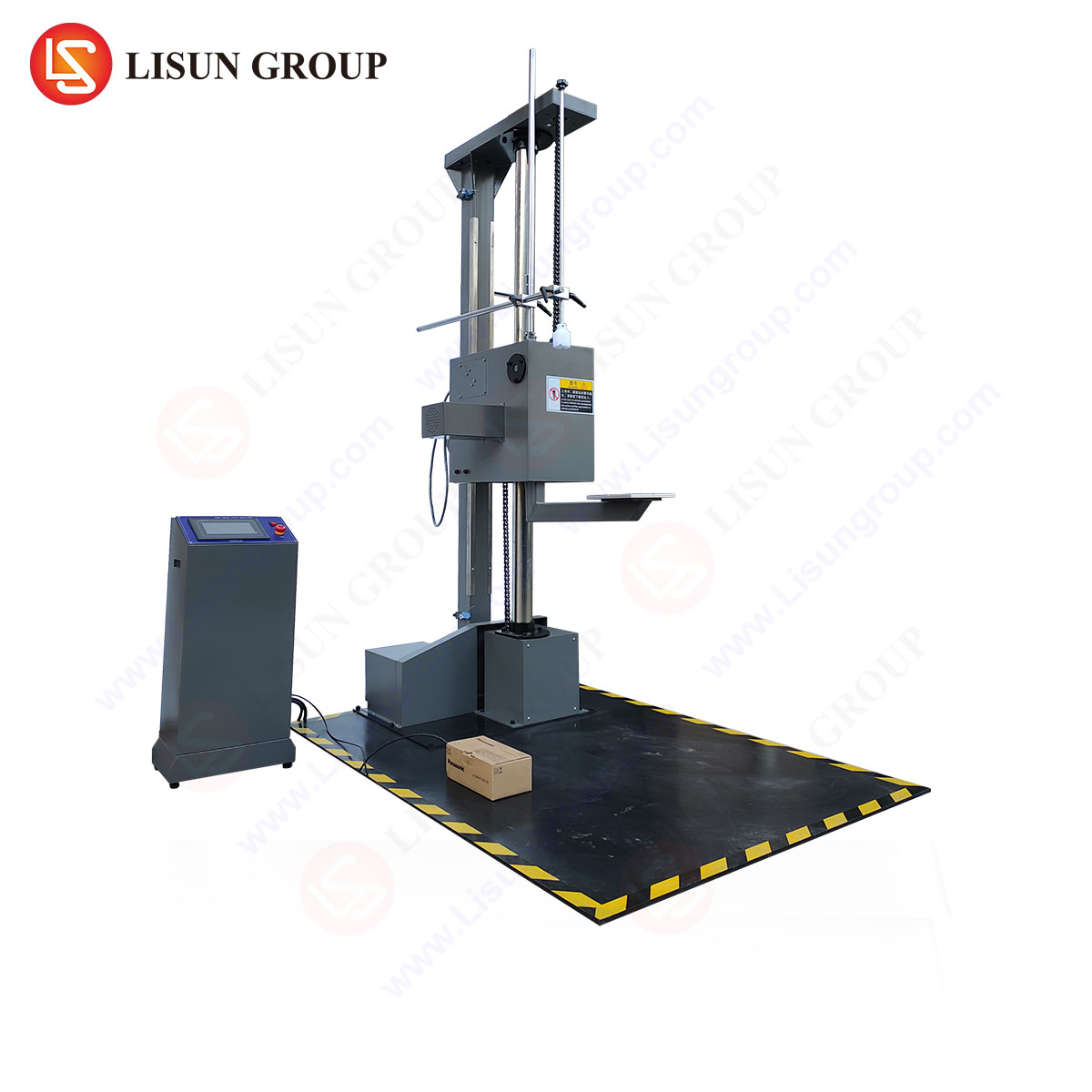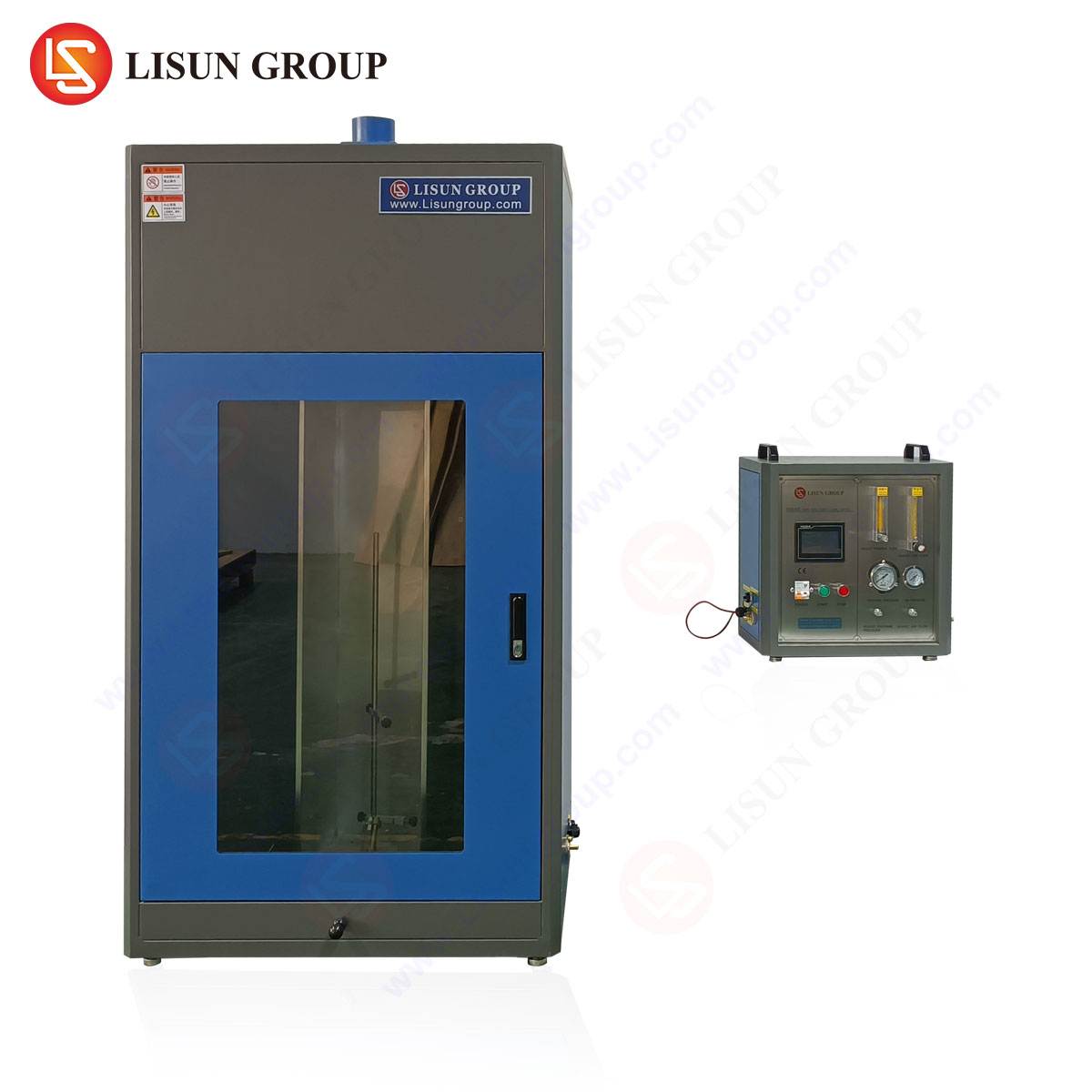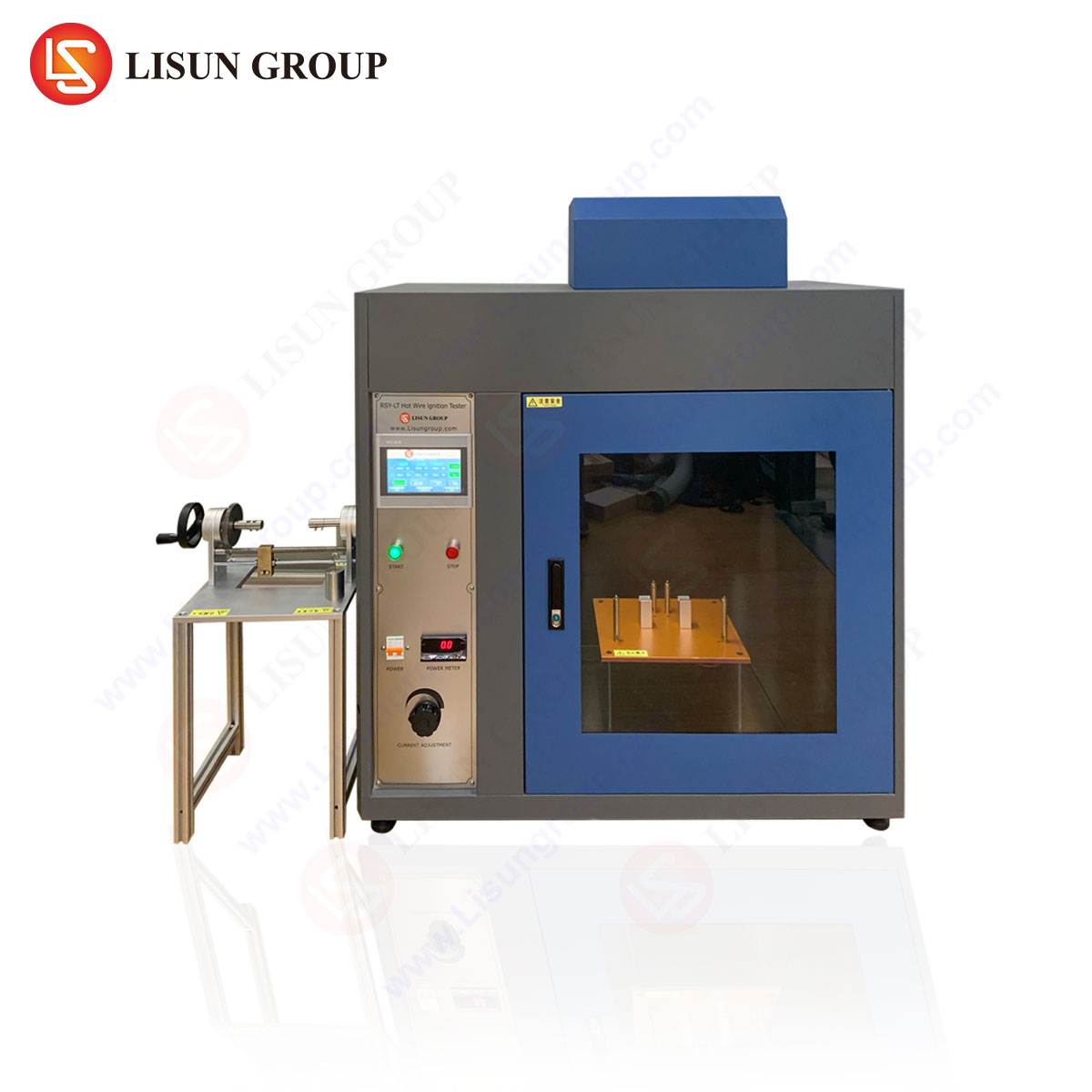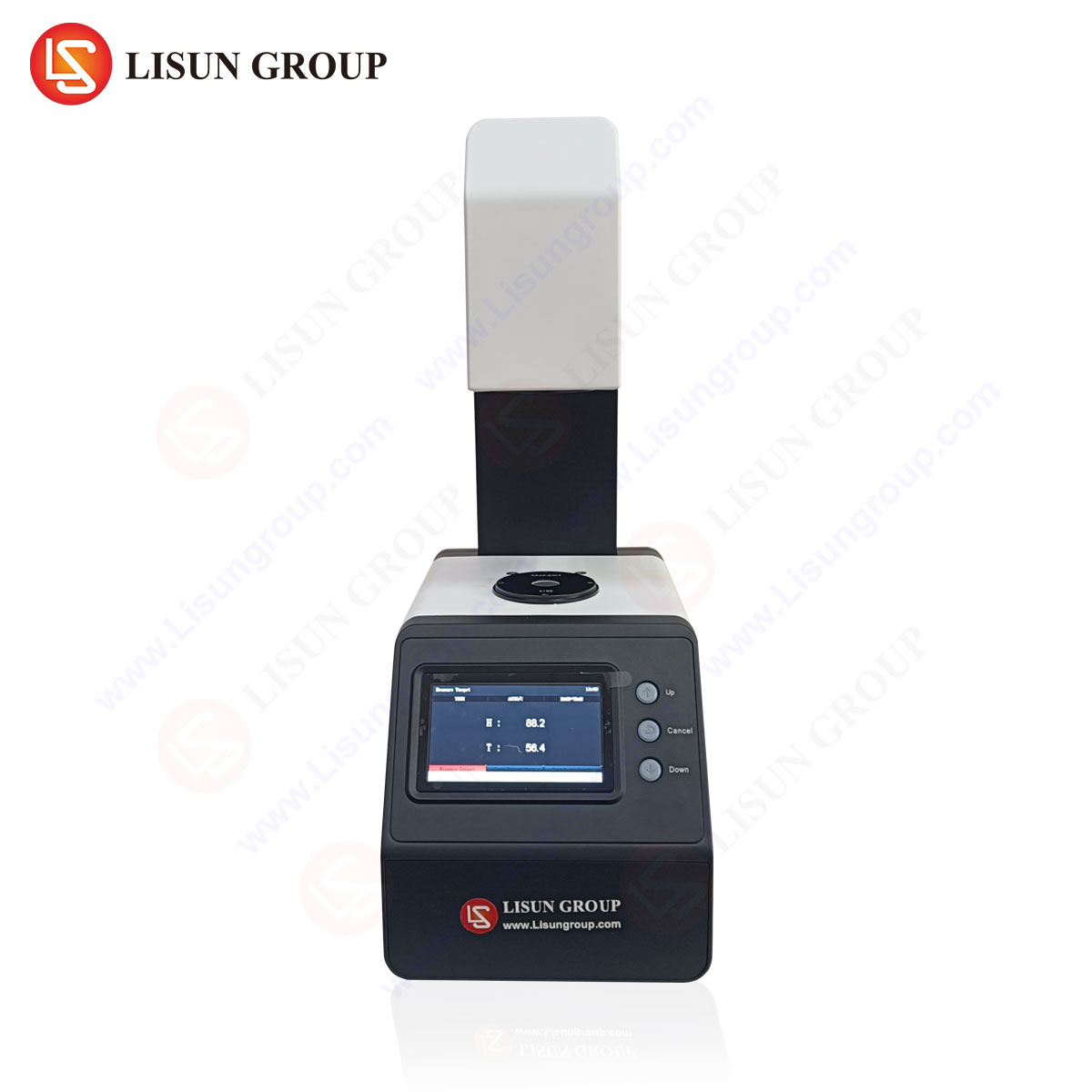Introdução aos fenómenos de ignição por arco de alta corrente
Electrical arcing poses significant risks across multiple industries, particularly in applications involving high-current circuits. When an arc forms due to insulation breakdown, contact separation, or component degradation, the resulting plasma discharge can exceed 10,000°C, leading to catastrophic equipment failure or fire hazards. High Current Arc Ignition (HCAI) resistance testing evaluates the ability of materials, components, and assemblies to withstand these extreme conditions without sustaining damage or propagating arcs.
O LISUN HCAI-2 Teste de ignição por arco de alta corrente Sistema provides a standardized methodology for assessing arc resistance under controlled laboratory conditions. This system adheres to IEC 60947-1, UL 1694, and other relevant standards, ensuring compliance with global safety requirements for electrical and electronic equipment.
Mechanisms of Arc Formation and Propagation
Arcing occurs when current bridges a gap between conductors, ionizing the surrounding medium and creating a conductive plasma channel. Three primary factors influence arc severity:
- Current Magnitude – Higher currents generate greater thermal energy, accelerating material erosion.
- Configuração dos eléctrodos – Sharp edges or irregular surfaces intensify localized electric fields.
- Environmental Conditions – Humidity, pressure, and contaminant presence affect dielectric strength.
The HCAI-2 system replicates these conditions by applying currents up to 2.5 kA at voltages ranging from 110 V to 600 V, simulating real-world fault scenarios.
Testing Methodology and Equipment Specifications
HCAI-2 System Architecture
The LISUN HCAI-2 integrates precision current generation, high-speed data acquisition, and automated test sequencing. Key specifications include:
| Parâmetro | Especificação |
|---|---|
| Gama atual | 100 A – 2,500 A |
| Faixa de tensão | 110 V – 600 V AC/DC |
| Controlo da duração do arco | 0.1 ms – 10 s (adjustable) |
| Configuração dos eléctrodos | Tungsten-copper alloy, adjustable gap (1–40 mm) |
| Taxa de amostragem de dados | 1 MHz (real-time arc waveform capture) |
Test Procedure
- Preparação da amostra – Mount the test specimen (e.g., switch contacts, PCB traces) in the electrode assembly.
- Parameter Calibration – Set current, voltage, and duration per applicable standards (e.g., IEC 60947-1 for low-voltage switchgear).
- Arc Initiation – Trigger the arc via mechanical separation or dielectric breakdown.
- Performance Evaluation – Measure post-test insulation resistance, material erosion, and carbon tracking.
Aplicações industriais e requisitos de conformidade
Componentes eléctricos e aparelhagem de comutação
Circuit breakers, relays, and contactors must endure repetitive arcing without weld formation or contact degradation. The HCAI-2 verifies compliance with:
- IEC 60947-1: Arc fault endurance for low-voltage equipment.
- UL 1694: Arc resistance testing for household circuit protectors.
Eletrónica automóvel
High-current connectors in electric vehicles (EVs) are subjected to arc testing to prevent failure during overload conditions. The HCAI-2 assesses:
- ISO 8820-8: Fuse-links and high-current cable assemblies.
- SAE J2464: EV rechargeable energy storage system safety.
Aeroespacial e aviação
Arc-resistant materials for cockpit wiring and power distribution systems are evaluated under simulated altitude conditions (e.g., DO-160 Section 20).
Vantagens competitivas do sistema HCAI-2
- Compatibilidade com vários padrões – Supports IEC, UL, ISO, and SAE protocols without hardware reconfiguration.
- Dynamic Waveform Analysis – High-speed sampling detects microsecond-scale arc anomalies.
- Adaptive Electrode Control – Automated gap adjustment ensures consistent test conditions.
Case Study: Insulation Material Evaluation
A comparative analysis of polyamide (PA66) and thermoset polyester (PBT) samples subjected to 1,200 A arcs revealed:
- PA66: Exhibited carbon tracking after 3–5 arcs.
- PBT: Sustained 15+ arcs before dielectric failure.
Data from such tests inform material selection for industrial control systems and medical device enclosures.
Perguntas mais frequentes
Q1: What distinguishes the HCAI-2 from conventional arc testers?
The HCAI-2’s programmable current profiles and real-time diagnostics enable precise replication of transient fault conditions, unlike fixed-output testers.
Q2: Can the system test DC arcing for solar applications?
Yes, the HCAI-2 supports DC testing up to 600 V, critical for photovoltaic combiner boxes and battery disconnects.
Q3: How does electrode wear affect test accuracy?
Tungsten-copper electrodes minimize erosion, and automated gap compensation maintains consistency across multiple trials.
Q4: O HCAI-2 é adequado para o ensaio de fios aeroespaciais?
Yes, with optional environmental chambers, it simulates low-pressure conditions per DO-160.
Q5: What safety features are integrated?
Arc containment shielding, emergency current interruption, and ground-fault detection ensure operator protection.


